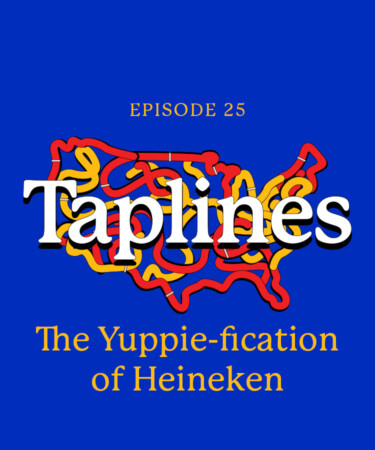For most of the 20th century, Heineken was the U.S.’s top imported beer by far, quickly establishing itself as a sleek status symbol ripe for brandishing in the hands of folks who yearned to flex their wealth. By the ‘80s, thanks to decades of empire-building efforts by its third-party American importer, New York’s Leo Van Munching and Company, the Dutch brand commanded prestige and premium pricing stateside. When Philip Van Munching joined the family firm in 1985, his challenge was figuring out a way to market Heineken’s mystique to modern drinkers without cheapening the brand by pandering to the era’s prominent mainstream trendsetters — “yuppies,” young urban professionals — all while challengers like Corona and Samuel Adams began to complicate the narrative.
Though not a beer fan himself, Van Munching learned the beer business through osmosis: sitting at the breakfast table and listening to his father’s daily briefing of the workday ahead. The focus was always on the marketing, and not so much the beer itself. Early on in his Heineken career, Van Munching acknowledged the importance and appeal of badges: the embroidered Lacoste crocodile, the Ralph Lauren horse and jockey, and Heineken’s bright green bottle. And while not everyone can justify buying a Ferrari, most people can afford an extra dollar at the bar to wield a snazzy, imported lager.
On this episode of “Taplines,” host Dave Infante and guest Philip Van Munching take the “Taplines time machine” back to the mid-’80s to recap how Heineken came to dominate the American beer import market and become an accessory for “yuppies” from coast to coast. Tune in for more.
